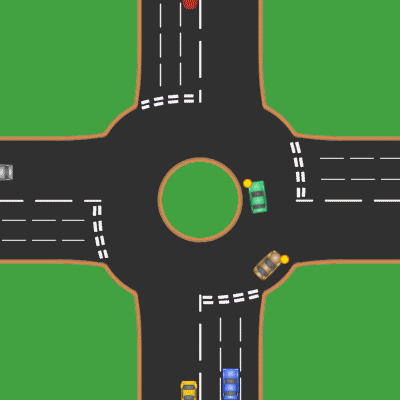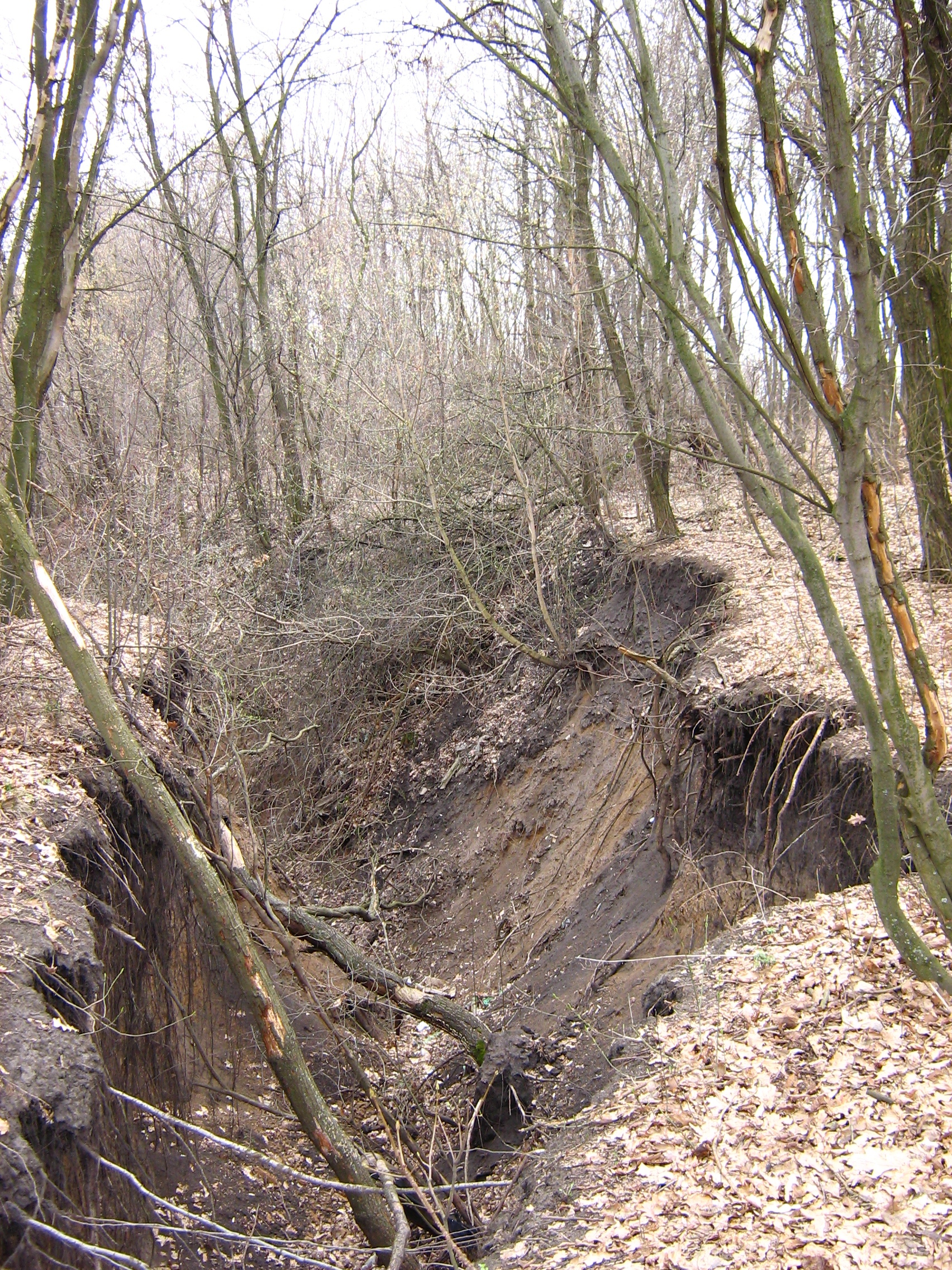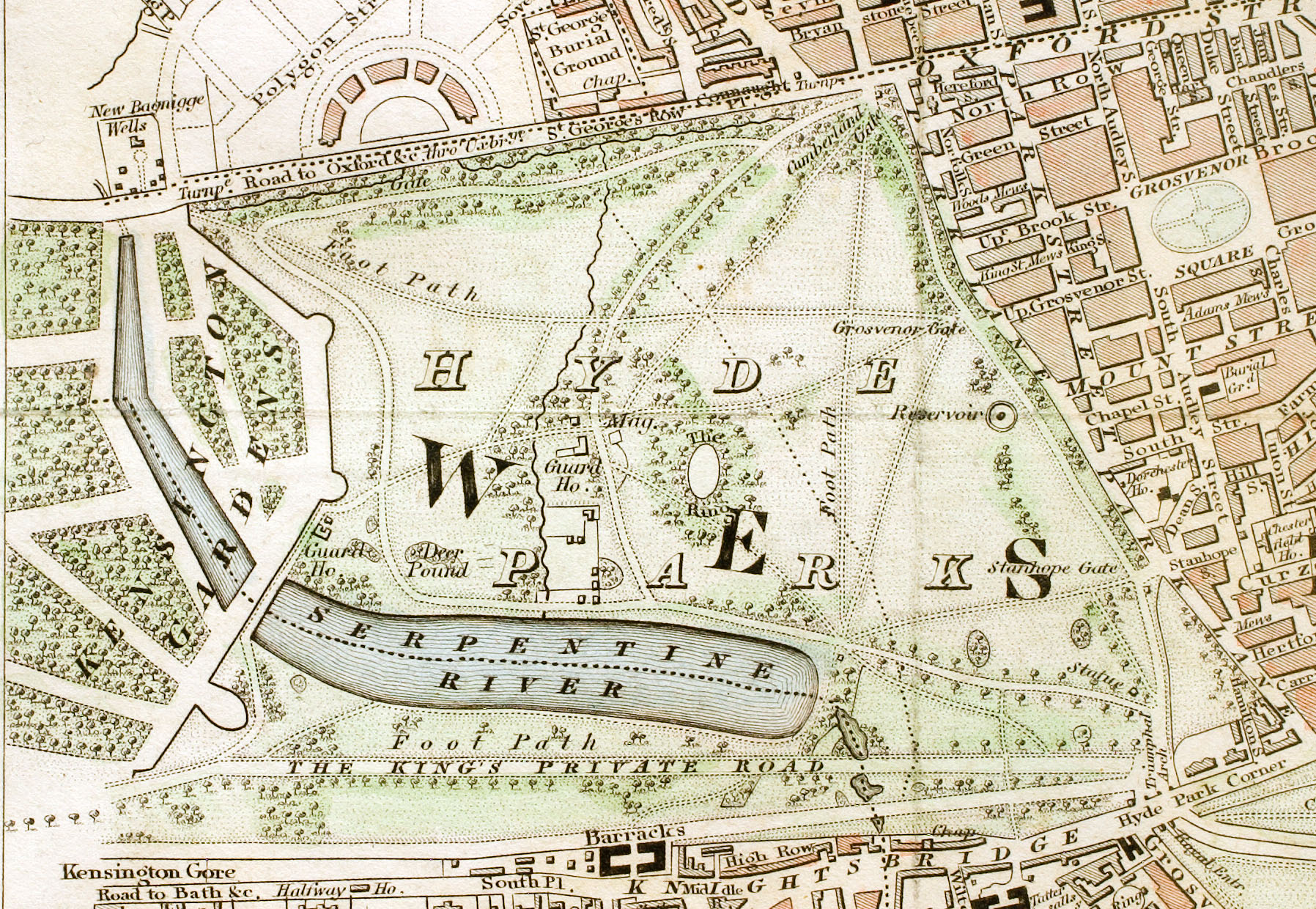|
Topčidersko Brdo
Topčidersko Brdo ( sr-cyr, Топчидерско Брдо; ) is an urban neighborhood and former municipality of Belgrade, the capital of Serbia. It is located in Belgrade's municipality of Savski Venac. Location Topčidersko Brdo (from Turkish and Persian, ''topčider'' meaning "cannonier's valley") is located 4 kilometers south-east of downtown Belgrade to which it is directly connected through the '' Kneza Miloša'' street. The central street of Topčidersko Brdo is the ''Boulevard of Vojvoda Putnik'' with a roundabout of ''Topčiderska zvezda'' ("Topčider star"). On the western slope of the hill, which sharply ends above the Sava river, the neighborhood of Senjak is located, while east of the Boulevard of Vojvoda Putnik is the neighborhood of Dedinje. Northern slope, in the valley of the former creek of Mokroluški potok (now conducted underground) was occupied by the former neighborhood of Jatagan Mala which was demolished to make way for the new interchange on a h ... [...More Info...] [...Related Items...] OR: [Wikipedia] [Google] [Baidu] |
List Of Belgrade Neighbourhoods And Suburbs
Belgrade, the capital city of Serbia, is divided into seventeen municipalities, of which ten are urban and seven suburban. In this list, each neighbourhood or suburb is categorised by the municipality in which it is situated. Six of these ten urban municipalities are completely within the bounds of Belgrade City Proper, while the remaining four have both urban and suburban parts. The seven suburban municipalities, on the other hand, are completely located within suburban bounds. Municipalities of the City of Belgrade are officially divided into local communities ( Serbian: месна заједница / ''mesna zajednica''). These are arbitrary administrative units which on occasion correspond to the neighbourhoods and suburbs located in a municipality, though usually they don't. Their boundaries often change as the communities merge with each other, split from one another, or change names, so the historical and traditional names of the neighbourhoods survive. In the majority ... [...More Info...] [...Related Items...] OR: [Wikipedia] [Google] [Baidu] |
Roundabout
A roundabout is a type of circular intersection or junction in which road traffic is permitted to flow in one direction around a central island, and priority is typically given to traffic already in the junction.''The New Shorter Oxford English Dictionary,'' Volume 2, Clarendon Press, Oxford (1993), page 2632 Engineers use the term modern roundabout to refer to junctions installed after 1960 that incorporate various design rules to increase safety. Both modern and non-modern roundabouts, however, may bear street names or be identified colloquially by local names such as rotary or traffic circle. Compared to stop signs, traffic signals, and earlier forms of roundabouts, modern roundabouts reduce the likelihood and severity of collisions greatly by reducing traffic speeds and minimizing T-bone and head-on collisions. Variations on the basic concept include integration with tram or train lines, two-way flow, higher speeds and many others. For pedestrians, traffic exiting th ... [...More Info...] [...Related Items...] OR: [Wikipedia] [Google] [Baidu] |
Pine
A pine is any conifer tree or shrub in the genus ''Pinus'' () of the family Pinaceae. ''Pinus'' is the sole genus in the subfamily Pinoideae. The World Flora Online created by the Royal Botanic Gardens, Kew and Missouri Botanical Garden accepts 187 species names of pines as current, together with more synonyms. The American Conifer Society (ACS) and the Royal Horticultural Society accept 121 species. Pines are commonly found in the Northern Hemisphere. ''Pine'' may also refer to the lumber derived from pine trees; it is one of the more extensively used types of lumber. The pine family is the largest conifer family and there are currently 818 named cultivars (or trinomials) recognized by the ACS. Description Pine trees are evergreen, coniferous resinous trees (or, rarely, shrubs) growing tall, with the majority of species reaching tall. The smallest are Siberian dwarf pine and Potosi pinyon, and the tallest is an tall ponderosa pine located in southern Oregon's Rogue Riv ... [...More Info...] [...Related Items...] OR: [Wikipedia] [Google] [Baidu] |
Gully
A gully is a landform created by running water, mass movement, or commonly a combination of both eroding sharply into soil or other relatively erodible material, typically on a hillside or in river floodplains or terraces. Gullies resemble large ditches or small valleys, but are metres to tens of metres in depth and width and are characterised by a distinct 'headscarp' or 'headwall' and progress by headward (i.e. upstream) erosion. Gullies are commonly related to intermittent or ephemeral water flow usually associated with localised intense or protracted rainfall events, or snowmelt. Gullies can be formed and accelerated by cultivation practices on hillslopes (often gentle gradient) in farmland, and they can develop rapidly in rangelands from existing natural erosion forms subject to vegetative cover removal and livestock activity. Etymology The earliest known usage of the term is from 1657. It originates from the French word ''goulet'', a diminutive form of ''goule'' which m ... [...More Info...] [...Related Items...] OR: [Wikipedia] [Google] [Baidu] |
Topčider
Topčider ( sr-cyr, Топчидер; ) is a forest park and an urban neighborhood of Belgrade, the capital of Serbia. It is divided between the municipalities of Čukarica, Rakovica and Savski Venac. Being close to downtown, it is one of the major locations for relaxation, picnics and fresh air for the citizens of Belgrade. As a result of the 1923 Belgrade's general plan, where one of the main projects regarding the green areas was forestation of the area between Topčider and the city, a continuous green area Senjak-Topčidersko Brdo-Hajd Park-Topčider-Košutnjak was formed by the 1930s. This continuous forested area makes the largest "green massif" in the immediate vicinity of Belgrade's urban tissue. Nobelist author Ivo Andrić wrote: "You just hang on to Topčider and Košutnjak...Topčider is my favorite place, where I ate bread and drank wine in the sweetest and calmest manner". Location Geographically, Topčider covers a much larger area than what people generally re ... [...More Info...] [...Related Items...] OR: [Wikipedia] [Google] [Baidu] |
Topčiderka
Topčiderska River ( sr, Топчидерска река / ''Topčiderska reka'', "Topčider River"), or colloquially Topčiderka ( sr-cyr, Топчидерка), or Topčiderski Creek ( sr, Топчидерски поток / ''Topčiderski potok'', "Topčider Creek"), is a river in north-central Serbia, a 30 km-long right tributary to the Sava river to which it flows in the urban section of Belgrade. It is one of the 40 rivers, streams and creeks that flow or used to flow through Belgrade (majority of them is conducted underground into the city sewage system). Geography Course The Topčiderska reka originates in the Lipovica (Lipovica Forest) area, on the northern slopes of the ''Parcanski vis'', the northern section of the Kosmaj mountain, at an altitude of 192 meters. Originally, it flows to the north-east, until it reaches the Belgrade's suburb of Ripanj, in the municipality of Voždovac. From there, the river flows generally into the north-west direction, along the ... [...More Info...] [...Related Items...] OR: [Wikipedia] [Google] [Baidu] |
Hyde Park, London
Hyde Park is a Grade I-listed major park in Westminster, Greater London, the largest of the four Royal Parks that form a chain from the entrance to Kensington Palace through Kensington Gardens and Hyde Park, via Hyde Park Corner and Green Park past the main entrance to Buckingham Palace. The park is divided by the Serpentine and the Long Water lakes. The park was established by Henry VIII in 1536 when he took the land from Westminster Abbey and used it as a hunting ground. It opened to the public in 1637 and quickly became popular, particularly for May Day parades. Major improvements occurred in the early 18th century under the direction of Queen Caroline. Several duels took place in Hyde Park during this time, often involving members of the nobility. The Great Exhibition of 1851 was held in the park, for which The Crystal Palace, designed by Joseph Paxton, was erected. Free speech and demonstrations have been a key feature of Hyde Park since the 19th century. Speakers' Cor ... [...More Info...] [...Related Items...] OR: [Wikipedia] [Google] [Baidu] |
Hyde Park, Belgrade
Hyde Park ( sr, Хајд парк / Hajd park) is a park in suburban Belgrade, Serbia. It is situated in the municipality of Savski Venac, on the northern slopes of Topčider, Topčider Hill. It consists of two parts: woodland with tracks for running, and another with appliances for Physical fitness, fitness and recreation. The park is triangular in shape. Hyde Park was laid out in the 1930s. Though called park, it is officially classified as an urban forest. It covers an area of .{{cite book , script-title=sr: Пројекат "Зелена регулатива Београда" - IV фаза: План генералне регулације система зелених површина Београда (концепт плана) , trans-title = Project "Green regulations of Belgrade" - IV phase: Plan of the general regulation of the green area system in Belgrade (concept of the plan) , date = 2010 , author = Anica Teofilović, Vesna Isajlović, Milica Grozdanić , publis ... [...More Info...] [...Related Items...] OR: [Wikipedia] [Google] [Baidu] |
Prokop (Belgrade)
Prokop ( sr-cyr, Прокоп) is an urban neighborhood of Belgrade, the capital of Serbia. It is located in Belgrade's municipality of Savski Venac. Major facility in the neighborhood is the new Belgrade Centre railway station, opened for limited use in 2016. Due to the name of the main street in the old section of the neighborhood, and the name of the local community (sub-municipal administrative unit) which includes Prokop, the neighborhood's name is occasionally reported as Stjepan Filipović. Location Prokop is located at the southern edges of downtown Belgrade to which it is directly connected by the '' Kneza Miloša street''. It borders the area of former Zapadni Vračar on the north, Mostar and Senjak on the west and Dedinje on the south. It is bounded by three boulevards: ''Franše D'Eperea'' (named after general D'Esperey and in fact a part of A1 highway), ''Vojvode Putnika'' and ''Kneza Aleksandra Karađorđevića'' (named after Prince Alexandre). History Pro ... [...More Info...] [...Related Items...] OR: [Wikipedia] [Google] [Baidu] |
Belgrade Centre Railway Station
The Belgrade Centre railway station ( sr, Железничка станица Београд Центар, Železnička stanica Beograd Centar), colloquially known as Prokop ( sr-Cyrl, Прокоп), is the new central railway station in Belgrade, Serbia. The station is located in the Belgrade municipality of Savski Venac. Although unfinished, it serves as de facto main railway station of the city, after replacing the old main station at the Belgrade Waterfront. The unsuccessful, decades-long attempted construction of the new central railway station of Belgrade was hampered by a lack of funding to finish adjoining 14 km of tunnels, several railway bridges including the New Railroad Bridge across the Sava river, a new road network connecting to the city and technical installations. Construction of the new station faced the countless setbacks in the period of several decades. The entire construction process has been described as infamous, where deadlines were continuously fall ... [...More Info...] [...Related Items...] OR: [Wikipedia] [Google] [Baidu] |
Mostarska Petlja
Mostar interchange or colloquially Mostar () is a major interchange and a surrounding urban neighborhood of Belgrade, the capital of Serbia. It is located in Belgrade's municipality of Savski Venac. Interchange The Mostar looped interchange was constructed in 1974, as one of two major ones (the other one being Autokomanda) on the highway Belgrade–Niš. The highway runs right through the urban centre of Belgrade, which is still an issue of debate even though the road was originally intended as a fast, intercity Bežanija-Autokomanda freeway. The interchange itself was built on the location of the old neighbourhood of Jatagan Mala. There were two projects for the interchange. One design, by the architects Branislav Jovin and Jovan Katanić, was 10 times more expensive than the other one. Still, after bitter disputes, the mayor of Belgrade Branko Pešić decided in 1967 to go with the expensive project, noting to Jovin and Katanić: "They should prepare three light poles on ... [...More Info...] [...Related Items...] OR: [Wikipedia] [Google] [Baidu] |
Interchange (road)
In the field of road transport, an interchange (American English) or a grade-separated junction (British English) is a road junction that uses grade separations to allow for the movement of traffic between two or more roadways or highways, using a system of interconnecting roadways to permit traffic on at least one of the routes to pass through the junction without interruption from crossing traffic streams. It differs from a standard intersection, where roads cross at grade. Interchanges are almost always used when at least one road is a controlled-access highway (freeway or motorway) or a limited-access divided highway (expressway), though they are sometimes used at junctions between surface streets. Terminology ''Note:'' The descriptions of interchanges apply to countries where vehicles drive on the right side of the road. For left-side driving, the layout of junctions is mirrored. Both North American (NA) and British (UK) terminology is included. ; Freeway juncti ... [...More Info...] [...Related Items...] OR: [Wikipedia] [Google] [Baidu] |






